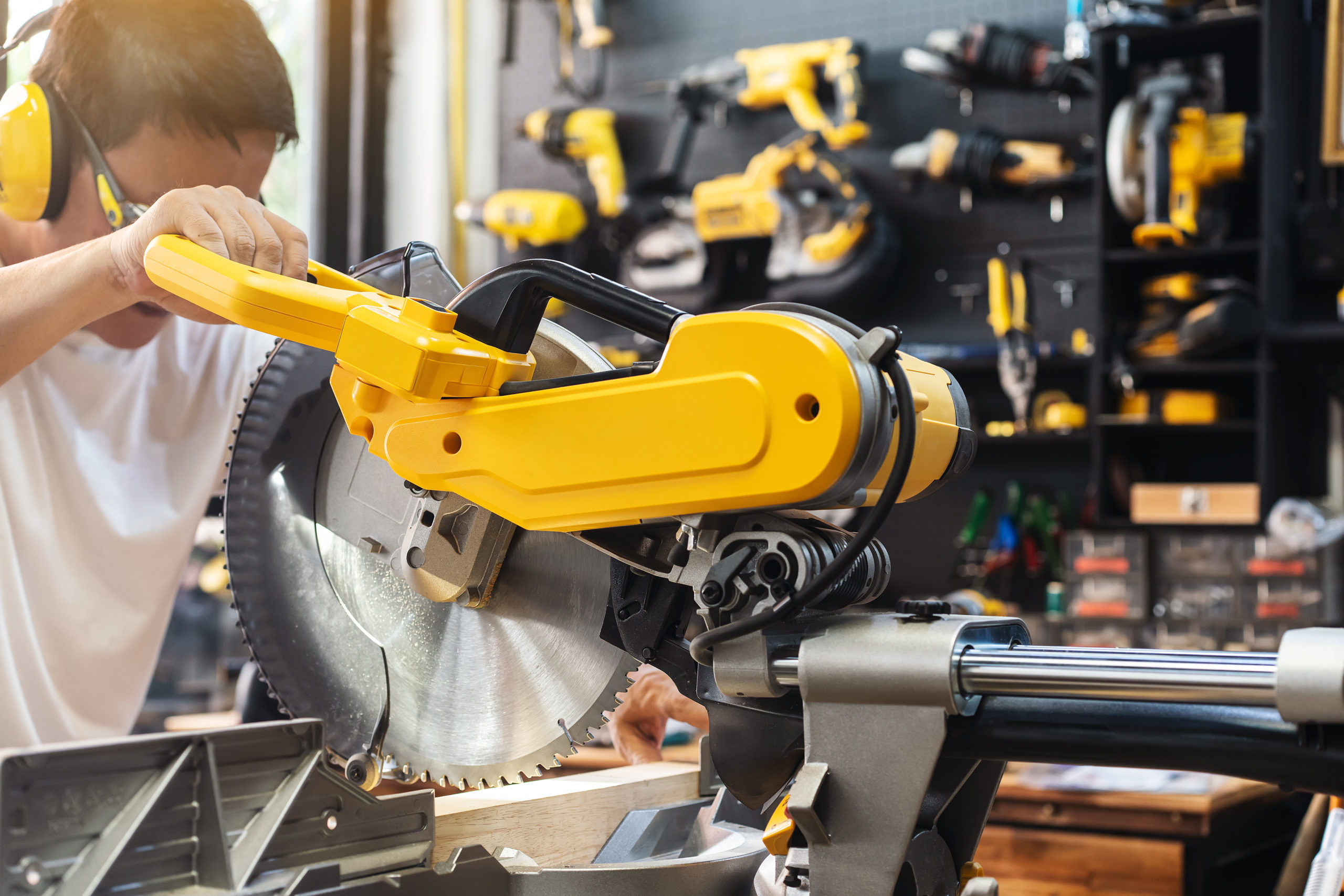

Prior to work on a job site, crew members are carefully trained and certified in safety measures. However, no matter how many precautions are taken, it’s a fact that accidents do happen. And one of the most frequent power tools involved is often the saw. It’s certainly worth a few moments to brush up on some simple rules of thumb for best practices when operating saws of any kind, offered in this article (reprinted) from NAHB.
Saws are among the most common power tools used on a home building site. When used properly and maintained in good working order, saws are quick and efficient tools to complete the job. But serious injuries can result if the proper safety precautions are not followed. According to the National Institutes of Health, there are more than 30,000 table saw injuries annually. The most frequently injured body parts are lacerations to the fingers and hands. Medical costs for treatment of table saw injuries are estimated at $2 billion or more. Although table saws cause the most injuries, care must also be taken when using circular, miter, reciprocating and any other kind of saw, including hand and, of course, chainsaws. When using saws, remember the following tips to ensure safety.